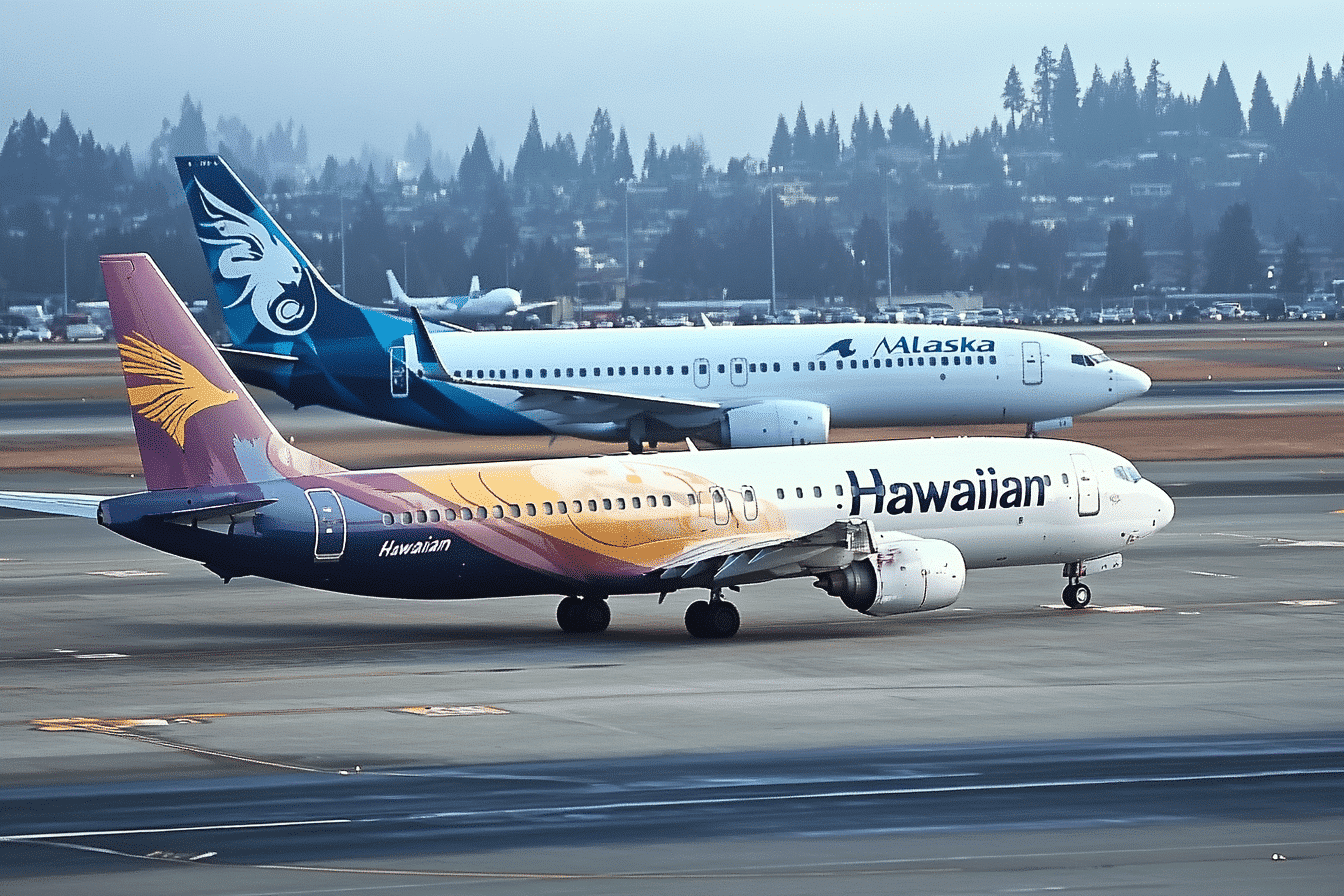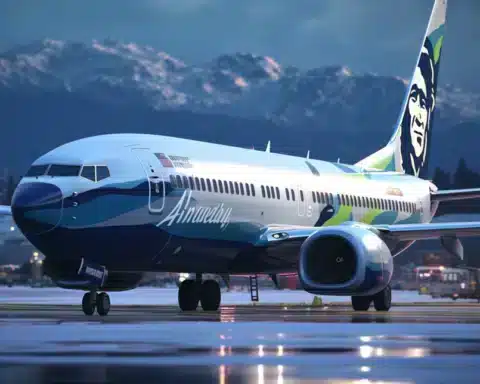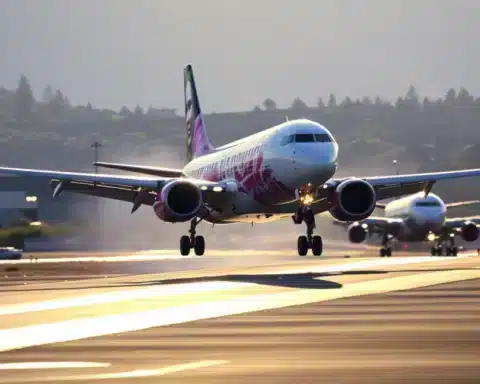The merger between Alaska Airlines and Hawaiian Airlines has moved one step closer to completion. It has passed a significant milestone by clearing the U.S. Justice Department’s antitrust review. This development, which comes eight months after the $1.9 billion agreement was announced, now leaves the final approval in the hands of the U.S. Transportation Department.
DOJ Clearance Marks Significant Progress
Alaska Airlines confirmed that the U.S. Department of Justice (DOJ) has concluded its antitrust investigation without filing a lawsuit to block the merger. “The period for the U.S. Department of Justice to complete its regulatory investigation of the proposed combination of Alaska Airlines and Hawaiian Airlines under the [Hart-Scott-Rodino Antitrust Improvements] Act has expired,” Alaska Airlines stated. This is a critical step forward, positioning the merger as the most significant U.S. airline since Alaska’s acquisition of Virgin America in 2016.
Hurdles Ahead with the U.S. Transportation Department
While clearing the DOJ hurdle is a significant victory, the merger still requires approval from the U.S. Transportation Department (DOT). The DOT must determine whether the merger aligns with the public interest before giving the final green light. As Alaska Airlines noted, “This is a significant milestone in the process of joining our airlines,” but the road to full approval remains uncertain.
Hawaiian Airlines’ Struggles and Market Impact
The merger comes at a challenging time for Hawaiian Airlines, which has faced a series of difficulties, including the Maui wildfires, increased competition from Southwest Airlines, and a slower travel recovery to and from Asia following the COVID-19 pandemic. Despite these setbacks, there are signs of improvement. Hawaiian’s shares surged over 11% following the announcement, reflecting investor optimism about the merger’s potential benefits.
A Combined Future for Alaska and Hawaiian Airlines
Once completed, the merger will result in a combined fleet of more than 360 aircraft, serving over 130 destinations. While both airlines will maintain their brands but operate under a unified platform. This merger represents a strategic effort to enhance competitiveness and expand service offerings across the U.S. airline industry.
The Alaska Airlines-Hawaiian Airlines merger has successfully navigated one of its most significant regulatory challenges with the DOJ’s clearance. However, the ultimate success of the merger now depends on the U.S. Transportation Department’s approval. As both airlines continue to operate amid industry challenges, this merger could reshape the landscape of U.S. air travel, promising a stronger and more competitive future for the combined entity.




